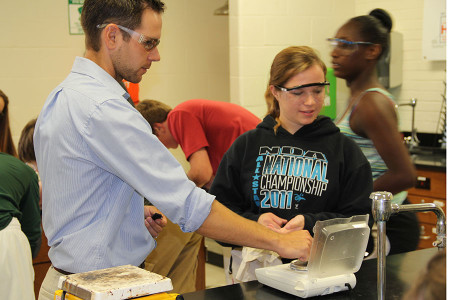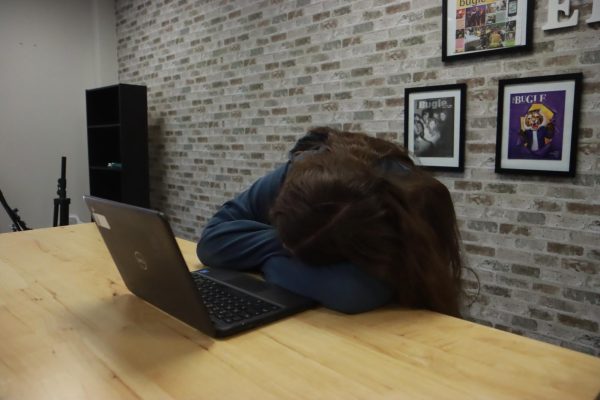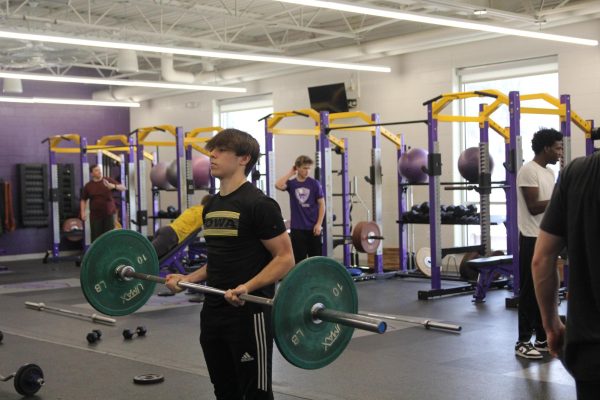Trading half days for professional learning communities
The district made the decision to eliminate half-days to improve the learning environment at the high schools. These by increasing the frequency at which teachers meet to discuss how to better teach students.
This year, teachers will meet for 90 minutes on each of the 16 late-start days for Proffesional Learning Communities. A PLC is a group of teachers who teach the same course collaborating on instruction.
“I definitely understand this decision,” Lucas Kupfer (10) said. “Teachers get to meet more frequently to reflect on their teaching and get better.”
In these collaborative meetings, teachers compare strategies to gain insight into techniques that work and those that don’t.
“Great teachers are able to talk with other teachers and share their best practices,” Dr. Jim Wipke, director of secondary education, said.
In the past, teachers met for PLC time on half-days after students left the building.
“Last year we really didn’t have enough PLC time,” Mrs. Altis Durante, Spanish teacher, said. “It’s definitely helpful to have this time set aside.”
For the past two years representatives from all four high schools including teachers, administrators and parents looked at data from various studies, Dr. Wipke and Mrs. Deborah Asher, head principal, said.
More frequent PLC meetings mean there will likely be much more consistency in classes by department, Mrs. Asher said.
“Our philosophy is all students belong to all teachers,” Mrs. Asher said. “Regardless of what class students are in, they’re receiving a high-quality education.”
The change from half-days to late-start means there will be more days that are shorter, but students will spend more time in classes overall.
“With late start-days, the hope is that we can still be productive,” Mrs. Asher said.
Productivity suffered on half-days due to the nearly 20-minute class periods.
“I wish that they could do this without getting rid of half days,” Drake Vogl (10) said. “I do like the idea of it, though.”
The hope is this changed schedule and increased teacher work time will result in superior student learning and understanding, according to Dr. Wipke.
“I think that, overwhelmingly, people will be more pleased with this than what we had,” Mrs. Asher said.
Your donation will support the student journalists of Eureka High School - MO. Your contribution will allow us to purchase equipment and cover our annual website hosting costs.




















